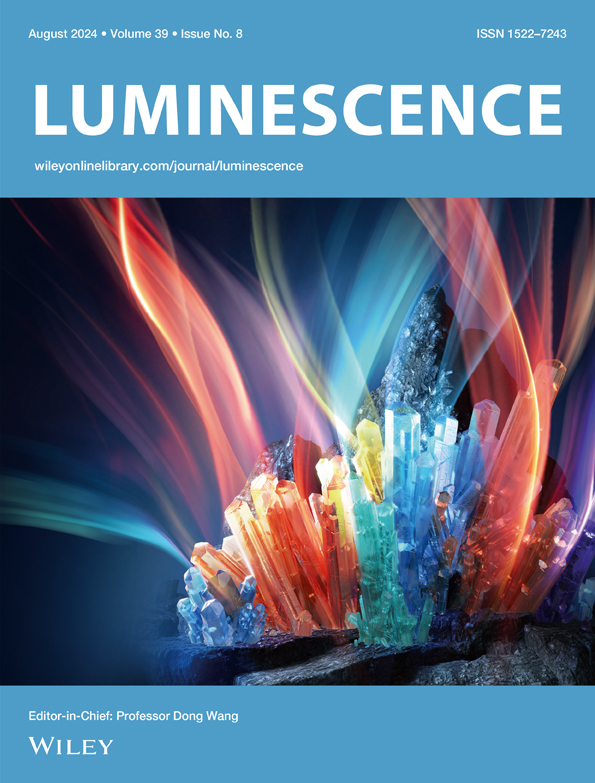Synthesis, Characterization, and In Silico Studies of Cysteine Modified Polyaniline Against Bovine Serum and Human Serum Albumin
Abstract
In this paper, oligomers of polyaniline (PANI) modified with cysteine (Cys) were synthesized via using different mole ratios of aniline: Cysteine (80:20, 50:50, and 20:80) followed by ultrasound-assisted polymerization of PANI. The structure and morphological properties of Cys-PANI were confirmed from FTIR and scanning electron microscopy (SEM). Fluorescence quenching of bovine serum albumin (BSA) and human serum albumin (HSA) was carried out using different concentrations of the Cys-PANI oligomers. There was a slight difference in the static quenching of HSA as compared to BSA, which was attributed to the different structures of the two serum albumins. The quenching rate constant was found to increase with cysteine content in the polymer, showing that the loading of higher amount of Cys increased the solubility of the Cys-PANI oligomers. This led to electrostatic attraction between the water molecules shielding the serum albumins and the Cys-PANI oligomers. The docking studies confirmed the binding to be hydrogen bonding, π-alkyl and π-amide stacked interactions. The binding energy of the Cys-PANI oligomers with mole ratio 50:50 and 20:80 was found to be better as compared to the Cys-PANI oligomer. The binding energy values showed that these polymers could potentially be used in fabricating protein sensors.


 求助内容:
求助内容: 应助结果提醒方式:
应助结果提醒方式:


